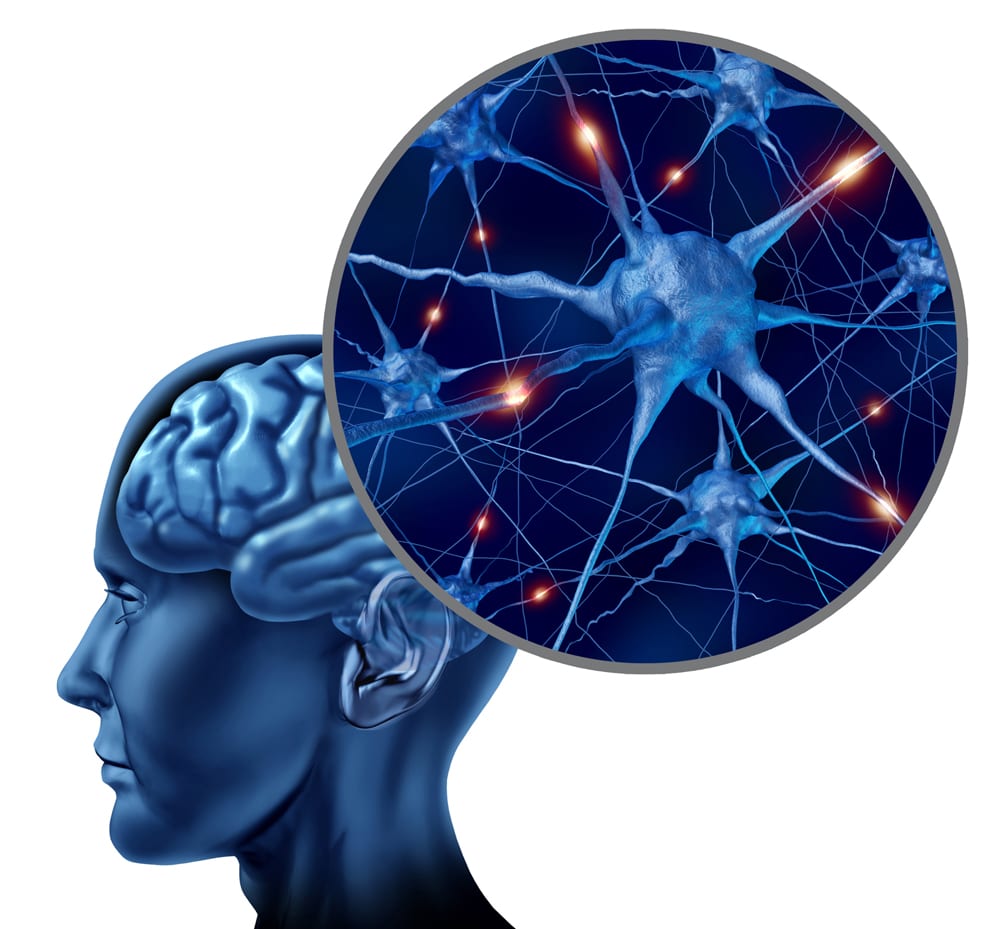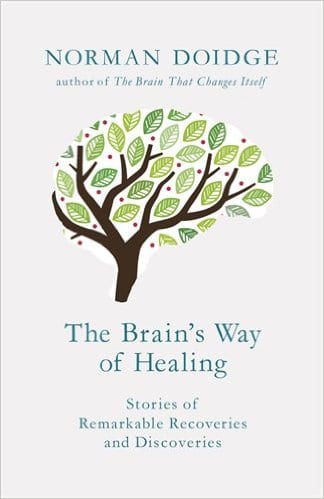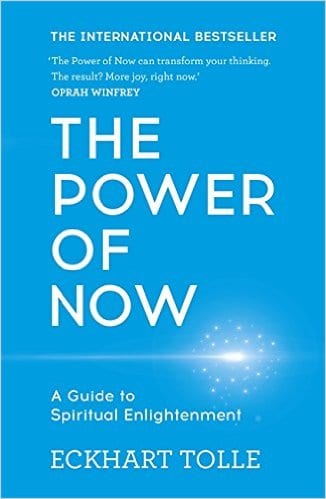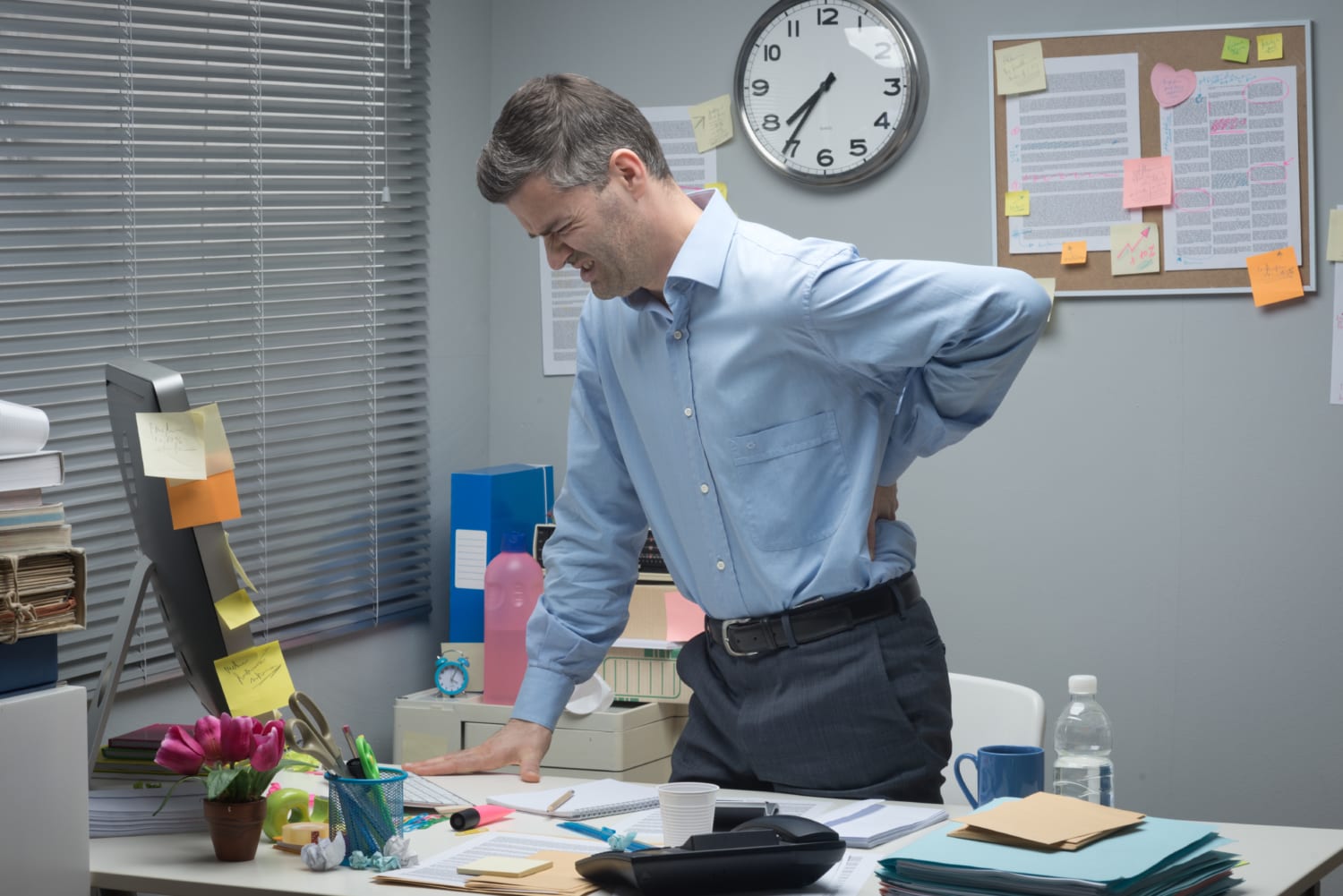 Are you taking paracetamols to try and manage your back pain? If you are then you this may not be the best course of action according to the findings of a group of Australian researchers.
Are you taking paracetamols to try and manage your back pain? If you are then you this may not be the best course of action according to the findings of a group of Australian researchers.
The group reviewed 13 clinical trials to investigate the efficacy and safety of paracetamol (acetaminophen) in the management of spinal pain and osteoarthritis of the hip or knee and their results were published in the British Medical Journal.
Their findings said that Paracetamol did not reduce disability or improve quality of life. Disturbingly they warned that Paracetamol increased the odds of liver problems.
Drug free treatment for back pain
Medications such as paracetamol are designed to target pain by using blood flow to deliver the drug to the problem site. However, often the true cause of the pain may not be at the site of pain and in these instances drugs such as paracetamol will not be effective.
Pain should be considered as a warning that should be investigated. Osteopathy offers a safe and drug free approach to treating back pain.
As an experienced osteopath in London I aim to work with patients to address their presenting symptoms and understand causative factors to promote on-going health. I will always seek to establish the cause of your pain, whether it is localised or due to some problem elsewhere. My overriding aim as an osteopath is to heal your body as a whole.
With over 20 years’ experience as a London osteopath offering allied therapies I offer safe, gentle effective treatment for a wide range of patients and conditions. I have worked with patients suffering many different types of symptoms including:
- Joint, neck, muscle and back pain, both chronic and acute
- Whiplash injuries
- Spinal curvature
What some of my patients and referrers say
“Robin Kiashek is my ‘go-to’ osteopath for my complex patients with neck and back problems.” Dr Paul Jarman Consultant Neurologist, London
“Robin takes time to understand the cause of the condition and is totally focussed on sorting out the problem. “ 2015 Patient Survey
“I have been a patient of Robin Kiashek and also referred many of my patients. The consensus of all of us is that he has been a committed, thoughtful and wise osteopath. Dr Michael Gormley, General Practitioner, London
“After lots of doctors diagnosis, Robin was the first person to properly help reduce the pain. “ 2015 Patient Survey
“I feel so much better and I no longer have pain or discomfort. “ Sara
Visit an experienced London Osteopath in W1 and N2 N10
If you are suffering pain or discomfort and you would like further information on how I may help you or to book an Osteopathy appointment at either of my osteopathy clinics in London W1 and London N2 N10 please feel free to send me a message or call me on 020 8815 0979.


 We have been taught that the brain cannot be healed. Brain “damage” is permanent. Neurological problems such as Parkinsons are incurable. But what if we are wrong?
We have been taught that the brain cannot be healed. Brain “damage” is permanent. Neurological problems such as Parkinsons are incurable. But what if we are wrong?
 Recently I attended a retreat in Norway run and taught by Eckhart Tolle and his partner Kim Eng’s.
Recently I attended a retreat in Norway run and taught by Eckhart Tolle and his partner Kim Eng’s. Four out of five people suffer from back pain at some time in their lives and as many as one in two will experience back pain in any one year. It is one of the most common problems that people experience. The Backcare charity estimates that 5.6 million working days are lost each year due to back pain. It’s a big problem.
Four out of five people suffer from back pain at some time in their lives and as many as one in two will experience back pain in any one year. It is one of the most common problems that people experience. The Backcare charity estimates that 5.6 million working days are lost each year due to back pain. It’s a big problem. A recent study by Emmett Interdisciplinary Program in Environment and Resources at Stanford University into the physical effects of the brain when interacting with nature has concluded that, a walk in the park or within a tranquil environment can improve your mental health and give walkers a more positive mindset. This is great news for Londoners, who live in an urban environment, but have access to the Thames River walk and nice open green spaces such as the Royal Parks or areas such as Battersea Park or Greenwich.
A recent study by Emmett Interdisciplinary Program in Environment and Resources at Stanford University into the physical effects of the brain when interacting with nature has concluded that, a walk in the park or within a tranquil environment can improve your mental health and give walkers a more positive mindset. This is great news for Londoners, who live in an urban environment, but have access to the Thames River walk and nice open green spaces such as the Royal Parks or areas such as Battersea Park or Greenwich.